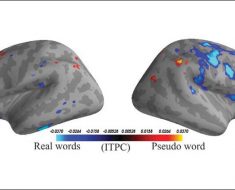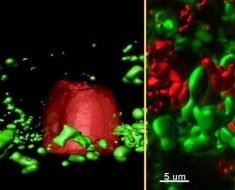
One of the more novel studies from the Child Health CheckPoint was the measurement of ‘telomeres’ – the tiny caps on each strand of our DNA, which serve to protect the ends of our chromosomes.
Led by the Murdoch Children’s Research Institute, the Child Health CheckPoint was a one-off physical assessment of 1800 children and their parents across 30 Australian cities and towns.
Lead investigator of the study John Nguyen said healthy telomeres are long and strong, but shorter, fraying telomeres are a hallmark of aging and are linked to diseases like diabetes, cancer and heart disease. Telomeres shorten every time a cell divides into two, which happens with growth and body maintenance.
“You could compare telomeres to the tiny plastic aglets on the end of your shoelaces. Once this little aglet wears out and falls off, your shoelaces begin to fray,” Mr Nguyen said. “When telomeres erode to a critically short length this drives cell death.”
Mr Nguyen extracted DNA and measured telomere length from blood samples taken from around 1,200 children and their parents, which were collected during the one-off CheckPoint health assessment.
“We were trying to investigate if telomere length is largely hereditary or more influenced by lifestyle,” Mr Nguyen said. “The team collected one of the largest telomere length datasets in Australia.”
Mr Nguyen said little is known about telomere lengths of healthy children, and this new study, published in BMJ Open would be useful to researchers around the world, and allow for international population comparisons.
“As expected the adults had shorter telomeres than the children, because they are older and their telomeres are more worn. We did find some parallels between telomere length of the children and their parents,” Mr Nguyen said.
Mr Nguyen said the length of children’s telomeres appeared to be partly the result of genetics – which seems more pronounced with fathers than mothers, but also influenced by environmental factors.
Source: Read Full Article





